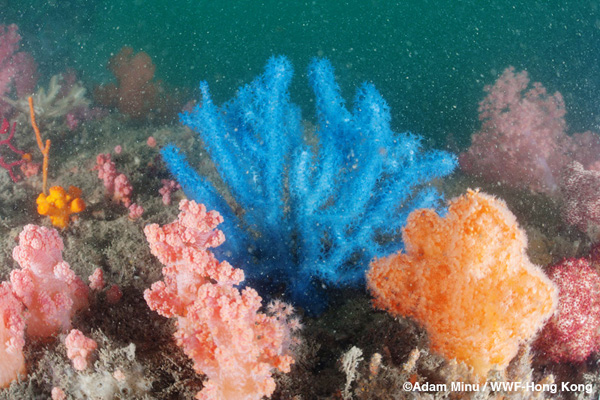
This interactive map contains information about the 31 marine ecological hotspots of Hong Kong.
These hotspots are areas that are home to representative, rare or threatened species and habitats which merit conservation and scientific research.
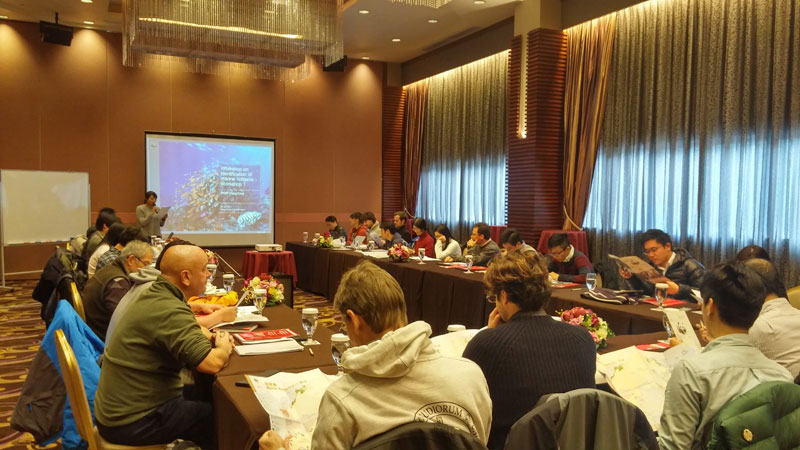
The team: A panel of more than 30 marine biology experts brought together by WWF.
The criteria: The assessment process applied a set of six globally recognized scientific criteria produced by the United Nations Environment Programme’s Convention on Biological Diversity (CBD) to identify Ecologically or Biologically Significant Marine Areas (EBSAs, more commonly known as marine ecological hotspots). These criteria were adapted to fit Hong Kong’s unique marine environment.
The process: Drawing on their extensive experience and the best available scientific information, the panel gave dozens of marine areas across the territory a ranking of either “low”, “medium” or “high” on each EBSA criteria.
Each marine area was defined according to its habitats, water depth, species distribution and other features. The sites were assessed individually rather than relatively as each site has irreplaceable features and functions.
Only marine areas that were rated “high” on at least one criterion were recognized as marine ecological hotspots.
The 31 recognized hotspots were then reviewed by experts and vetted by Dr Piers Dunstan, an external advisor who has worked extensively with the CBD to provide scientific and technical expertise on EBSAs.
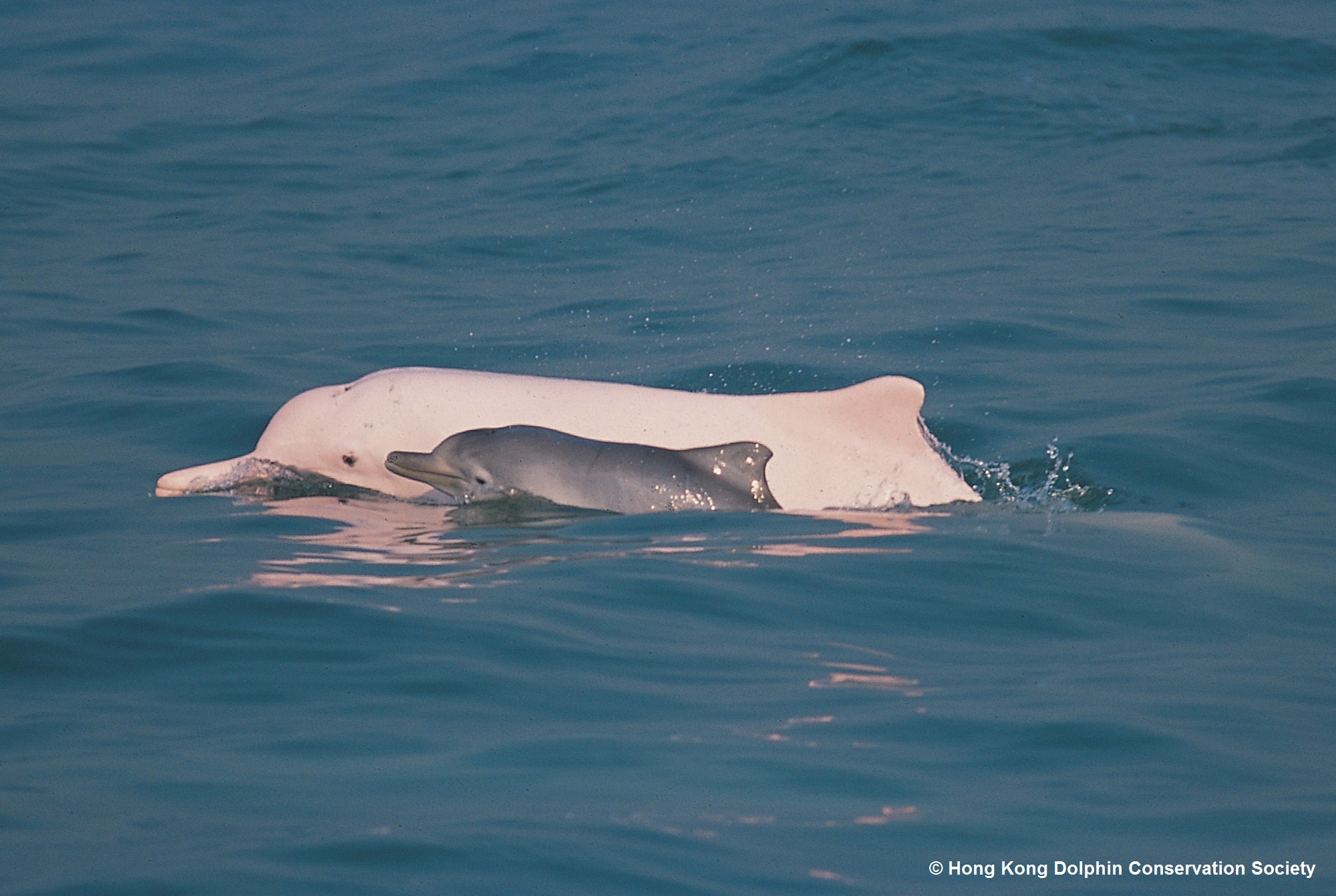
Protecting these hotspots will bring plenty of benefits for both people and wildlife. When protected, they will:
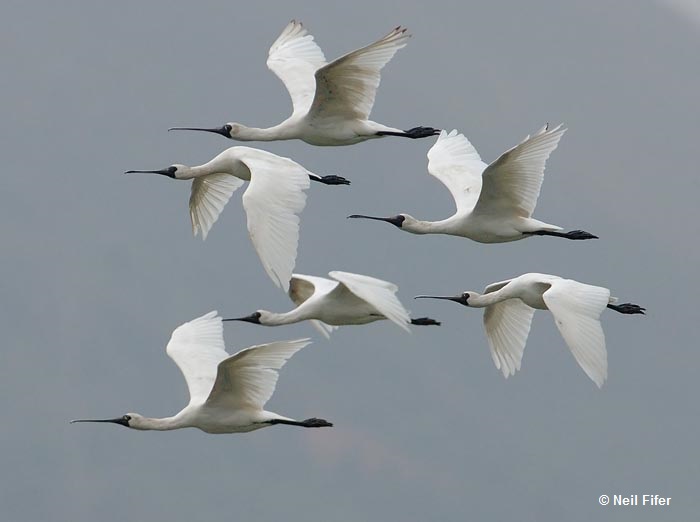
Current and proposed marine protected areas (MPAs) cover less than six per cent of our waters. It is a far cry from the CBD’s Aichi Target of at least 10 per cent of coastal and marine areas, especially those of high conservation importance.
WWF’s next steps are to identify hotspots that require priority protection and management, and to recommend various conservation measures that should occur in these hotspots, including no-take zones in MPAs.
Together, it’s possible to turn these marine ecological hotspots into "hopespots"!

Area contains either (i) unique (“the only one of its kind”), rare (occurs only in few locations) or endemic species, populations or communities, and/or (ii) unique, rare or distinct, habitats or ecosystems.
Example: Yan Chau Tong
Largest in Hong Kong, the two-hectare bed of Japanese eelgrass provides food and shelter for a spectrum of sea life including juvenile fishes, gastropods and sea urchins.

Areas that are required for a population to survive and thrive.
Example: Tung Chung Bay
The site's mudflats are where adult horseshoe crabs come ashore to breed and where juveniles live until they are strong enough to move offshore.
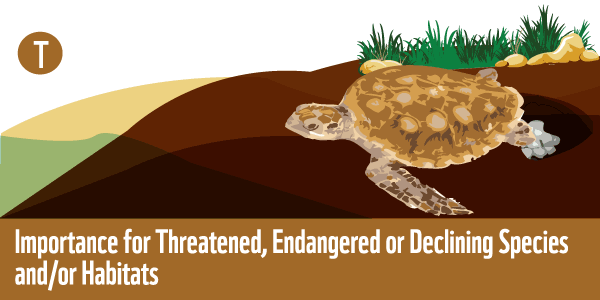
Area containing habitat for the survival and recovery of endangered, threatened, declining species or area with significant assemblages of such species.
Example: Sham Wan
This bay on Lamma Island is the only place in Hong Kong where endangered green turtles have laid their eggs in recent years.
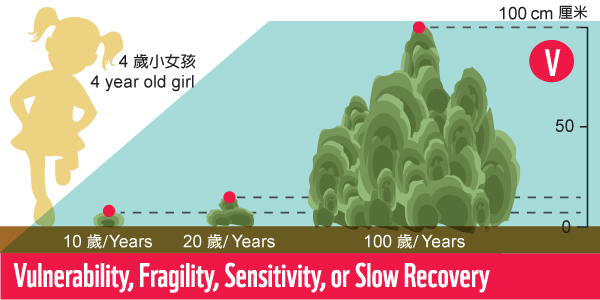
Areas that contain a relatively high proportion of sensitive habitats, biotopes or species that are functionally fragile (highly susceptible to degradation or depletion by human activity or by natural events) or with slow recovery.
Example: Crescent Island
Growing only as much as 1cm every year, certain species of stony corals here took a century to reach its current size of about a meter tall. If damaged, it will take decades to recover to its former glory.
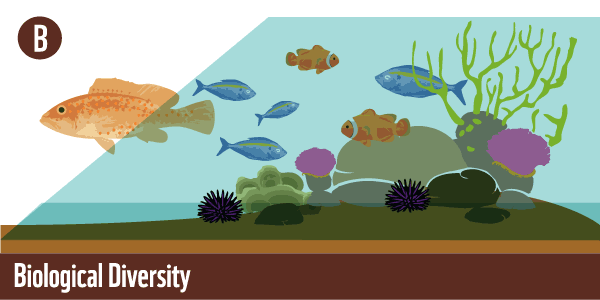
Area contains comparatively higher diversity of ecosystems, habitats, communities, or species, or has higher genetic diversity.
Example: Shek Ngau Chau and Breaker Reef
These waters are blessed with a colourful explosion of wonderful sea life. There are more than 75 species of reef fish, 15 species of soft coral, 25 species of gorgonian, 6 species of black coral and 3 species of tern.
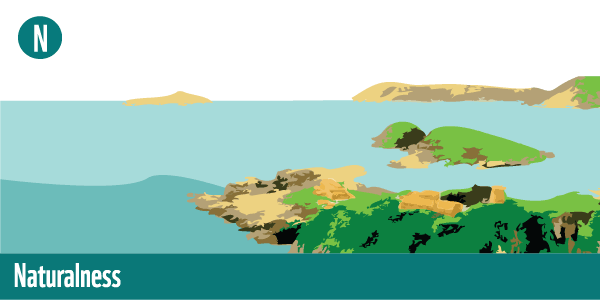
Area with a comparatively higher degree of naturalness as a result of the lack of or low level of human-induced disturbance or degradation.
Example: Cape D'Aguilar
This site was designated as a Marine Reserve for conservation, science and education since 1996. To protect its important sea life and habitats, all recreation and fishing activities are banned, helping to keep the site near pristine.

Please rotate your device to view this website
Please update your IE browser to view this website